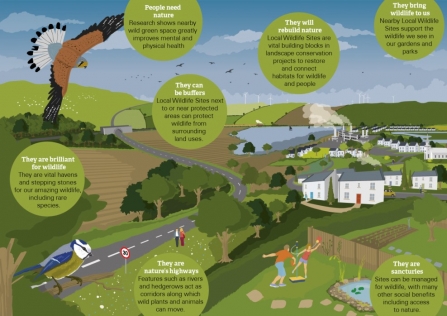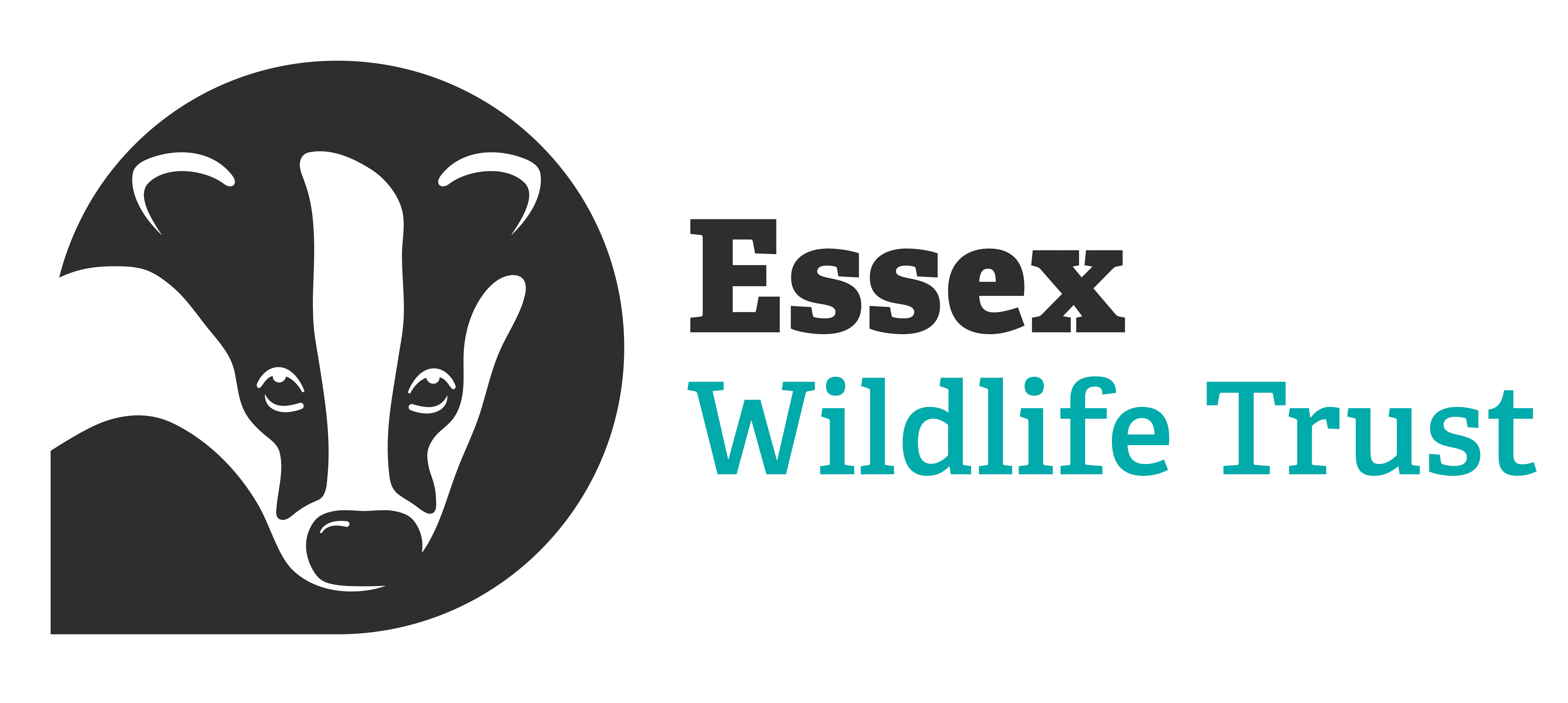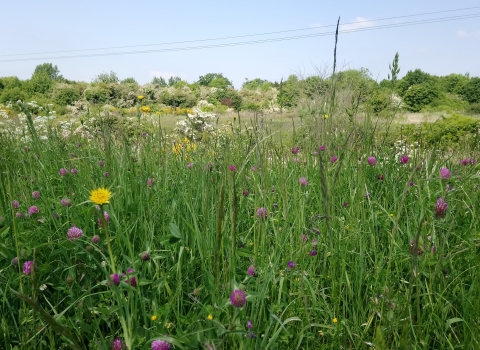What are Local Wildlife Sites?
Local Wildlife Sites are areas of land with ‘substantive nature conservation value’. They are identified and selected at a county level, based on important, distinctive and threatened habitats and species that have a national, regional and importantly, a local context.
From ancient woodlands and wild flower meadows to coastal grazing marshes, urban churchyards and previously developed brownfield land, there are thousands of quiet, often unnoticed places in England where wildlife thrives. Collectively, they play a critical role in the conservation of the UK’s natural heritage by providing essential wildlife refuges and corridors, forming key components of wider ecological networks.
Why do Local Wildlife Sites matter?

Who takes care of these special places?
Local Wildlife Sites are often privately owned and so rely on the sheer commitment of the landowners and sometimes volunteers who are prepared to carry out sensitive habitat management. Without such care and effort, a site will often gradually decline.
There is no obligation on landowners to manage their Local Wildlife Site to protect its wildlife interest. However, many Local Wildlife Site owners feel pride that they are the custodians of these special sites and what remains of our natural heritage.
Essex Wildlife Trust works with local authorities, statutory agencies, landowners and other local partners to establish effective systems for identifying, managing and monitoring Local Wildlife Sites. We play a big role in surveying, advising and supporting site owners where our help is requested.
Do Local Wildlife Sites receive any protection?
While they have no direct legal protection, Local Wildlife Sites are recognised in the National Planning Policy Framework (NPPF) which gives them some protection from being developed. The policy requires local authorities to identify, map and safeguard components of wildlife-rich habitats and wider ecological networks, including the hierarchy of international, national and locally designated sites of importance for biodiversity.
They are a 'material consideration' in the determination of planning applications, and this should ensure that there is a general presumption against harmful development upon them. However, even with this protection, many sites are lost each year.
What you can do to help?
If you own or manage a Local Wildlife Site, we offer free survey and management advice. We recognise the difficulties in managing these sites solely for their wildlife interest so look for innovative solutions where possible. We also provide advice and assistance in finding funding to help manage sites.
If you own some land that you think might qualify as a Local Wildlife Site, please contact the Local Wildlife Sites Coordinator to arrange a survey and assessment.
If you don’t own a Local Wildlife Site, you can still get involved by becoming a volunteer with Essex Wildlife Trust or creating an area for wildlife in your garden.

